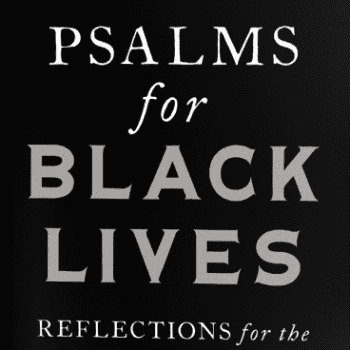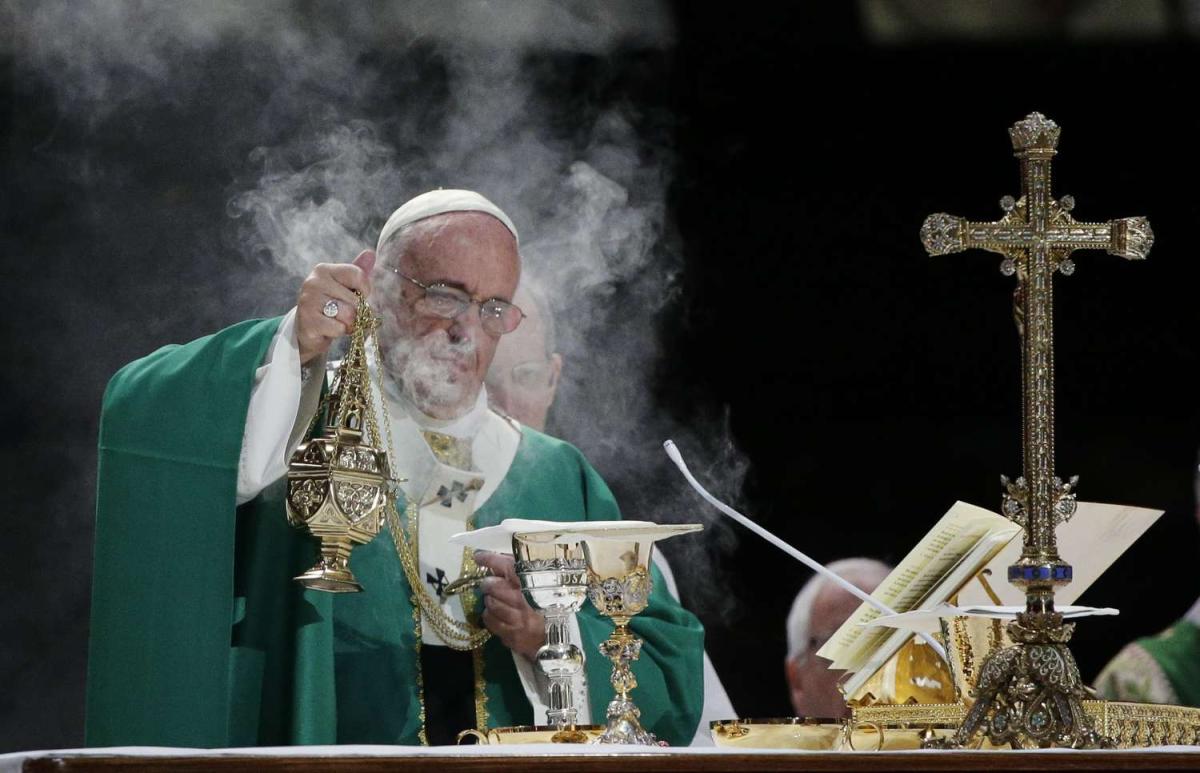By Susan Barnett, Founder, Faiths for Safe Water
Water is the single symbol shared by every religion. It cleanses, purifies and sanctifies in ceremonies around the world. It’s no surprise religions have come to honor water. Without it, life cannot survive.
In honor of World Water Day, award-winning filmmaker and photographer, Haik Kocharian, is graciously releasing, “Blessed by Water,” rare images of water in tradition, ceremony and spirituality as celebrated by the Christian Orthodox community in Ethiopia, considered one of the cradles of Christianity.
Traveling with African Services Committee, Haik photographed one of the most celebrated festivals on the Ethiopian Orthodox Christian calendar, Timket (Epiphany), honoring Jesus’ baptism in the Jordan River. Kocharian’s photographs are witness to people gathered under the blessing of water.
Though attended by tens of thousands in Ethiopia’s capital city of Addis Ababa, Haik’s photos capture an intimate, spiritually charged view of worshipers in states of trance and spiritual connection as they are dampened by water sprayed from towering pipes. The water impacts individually, but imparts a sense of community. We hope you take a quiet moment on this World Water Day to enjoy Blessed by Water.
Describing his unique access, Haik says, “I never interfere with people at the moment I photograph them. I have to have a nonexistent energy. Other than offering a smile, which goes a long way.”
A smile does go a long way. It’s how a young American named Jordan came to bond with a playful, full-of-laughter nine-year-old, when she spent a week volunteering at a medical clinic in the impoverished outskirts of Honduras’ capital city. Her view of the power of water is very different from the ceremonial experience.
The boy had come to the health clinic for an infection that had spread to his left eye. The medical team diagnosed what’s called a Neglected Tropical Disease. NTDs are a grouping of diseases that cause anything from painful scarring and blindness to death; they are very widespread throughout the poorest parts of the world, impacting 1.4 billion people, every year, 500 million are children. But for this little boy, the diagnosis was good!
The doctors prescribed a simple and effective course of treatment, the key to which was a steady routine of hand and face washing. So a year later when Jordan returned to the clinic, she was surprised to see her young friend back. His infection had formed a tumor over his left eye and part of his face. The once cheerful child was morose, dark, and distant. Despite following doctor’s orders, his parents were shocked that their son’s condition continued to worsen. The doctors were not.
Most of us take for granted that clean water will come splashing out of our taps and our toilets will dispose of sewage. Which makes it particularly difficult to communicate one startling fact: the lack of access to safe water and sanitation is the number one killer of children around the world. It’s killing more kids than war; or malaria, AIDS and tuberculosis combined; or Ebola and Zika. Some fifty illnesses and diseases are linked to unsafe water. Water is the world’s dirty secret.
But when it comes to religion, it’s a different story. Water and religion have had a long and enduring relationship. Central to our rituals and traditions, water blesses, purifies and redeems.
But not for 663 million men, women and children who are forced to drink water that looks like something most of us would flush down our toilets; and 2.4 billion don’t even have the dignity and safety of that toilet. That’s one third of the world’s population and it leads to tragic results:
We’re all too familiar with pictures of distended, malnourished little bellies, but most of those bellies are distended due to intestinal worms contracted through unsafe water. One third of all school children have intestinal worms. These worms, along with waterborne chronic diarrhea and dehydration, prevent the absorption of nutrients, which causes fifty percent of all undernutrition in children. Many will suffer stunting, permanent cognitive damage, due to undernutrition; and 272 million school days are lost each year because children are too sick to go to school.
Let’s think about the Ebola outbreak for a moment. Despite the scary headlines, Ebola is not easily contracted; it requires coming into direct contact with infected bodily fluids. Yet too many family members and health care workers sacrificed their lives caring for, and burying, loved ones because they couldn’t adequately wash their hands and decontaminate equipment. Why? Because, according to the World Health Organization (WHO) who surveyed healthcare facilities in 54 countries after the Ebola disaster, forty percent of health systems in the developing world do not have adequate water, sanitation and soap!
But these are just numbers. Let’s put a face on just one and return to that little boy in the Honduras medical clinic. In his village, water is a disease-ridden gateway through which preventable tragedies prey on its inhabitants. This little boy, named Cristian, suffered for two long years with a disease that was treatable. Then, at age 11, Cristian died. He died from complications because his family did not have access to safe water. Cristian’s story is repeated thousands of times every single day. Water-borne sickness deprives children of health, education, a way out of the cycle of poverty, a future, and sometimes, even life itself.
Water is also a woman’s burden and a gateway to danger. When Fatima was just eight-years-old, she spent three hours every day fetching dirty water for her family, hauling the heavy burden on her small back. In Niger, where Fatima lives, over eighty percent of the rural population does not have access to safe drinking water. Not surprising, Niger also has one of the highest infant mortality rates in the world.
Fatima’s burden is also replicated every day, by millions of women and girls who can spend up to sixty percent of each day on this one chore. Women around the world spend 200 million hours hauling water every day.
Water is dangerous for women in many ways. Those jerry cans are forty-plus pounds. Backs and bodies crumble from the daily impact. Women are molested along deserted paths while collecting water and some are even forced to trade sex for water. With no privacy, women and girls can damage their organs waiting until dark to relieve themselves in privacy. But privacy under the cloak of night is also dangerous. Rape and sexual assault are rampant — when two sisters in India, ages 16 and 21, went out to a nearby field in the early morning hours, they were held at gunpoint and gang-raped by three men. Sexual assault is a daily threat because women do not have access to safe water and sanitation.
It takes mothers away from caring for young children, growing food and earning additional income, and it makes families sick, lowering work productivity while increasing the burden of medical costs. Girls drop out of school — either to help their mothers shoulder this burden or when there are no gender-appropriate facilities when they reach puberty. They will often dropout of school rather than face taunting and humiliation.
From Africa to Asia, Indonesia, the Middle East, Europe, and Latin America, and here in the U.S., communities struggle with unsafe drinking water and sub-standard or no sanitation. Poor sanitation increases breeding grounds for disease-carrying mosquitoes; unsafe water means immuno-suppressed HIV/AIDS patients must take anti-retrovirals with water that makes them sick and unable to adequately absorb the medication.
It’s clear as clean water that not prioritizing the global water crisis defies humanitarian needs, and logic. It’s undercutting so much of the good health and development work our government, faiths and private sector support. What’s also clear is that access to safe water and sanitation is not just a crucial problem; it is also a crucial solution.
This problem is solvable. From 1990 – 2012, 2.2 billion people gained access to safe drinking water. Cost-effective technology and innovations abound and it makes economic sense. Every U.S. dollar invested in safe water and sanitation has an economic return on investment of over four dollars. And at a time when it seems we agree on so little, everyone can agree that a child deserves a clean glass of water.
So we’ve got to ask, if solutions are available and the economic argument makes sense, then why is the need still so great? What divine is honored when water, which we use in our religious rituals to cleanse, sanctify and purify; also stunts, sickens and kills thousands of children every day?
Perhaps the answer is this: We turn on our taps and sparkling water pours out. We are never pressed to think about how fundamental water is to every aspect of our health, lives and livelihoods. We go through our rituals, but do we really think aboutwhy our faiths put such emphasis on water’s power to cleanse and sanctify? What’s missing is us.
In this day and age, no child should die for lack of a safe glass of water. Whether his name is Cristian; or you are a Christian; or Muslim, Jewish, Unitarian Universalist, Buddhist, Hindu, Sikh, Bahi’a, Jain, Shinto or Zoroastrian. We know that when our faiths unleash our powerful megaphones change can happen. From pulpit and pew, we must raise our collective voice to improve access to safe water and sanitation if we are to improve global health, nutrition, poverty, gender equality, food security, human security, and even peace.
Human existence is about much more than water, but it is never about less. Religious water is never passive; nor can we be. We can be an inspired example of cooperation at its life-giving best, and together, we can make water the source of health and life for all.
Tomorrow is World Water Day: #blue4water
Susan Barnett is a former award-winning network news producer, now a strategic communications consultant to nonprofits, working at the nexus of media, faith and social justice. She is founder of Faiths for Safe Water and Impact Communications.
Image courtesy of Shutterstock.com


















